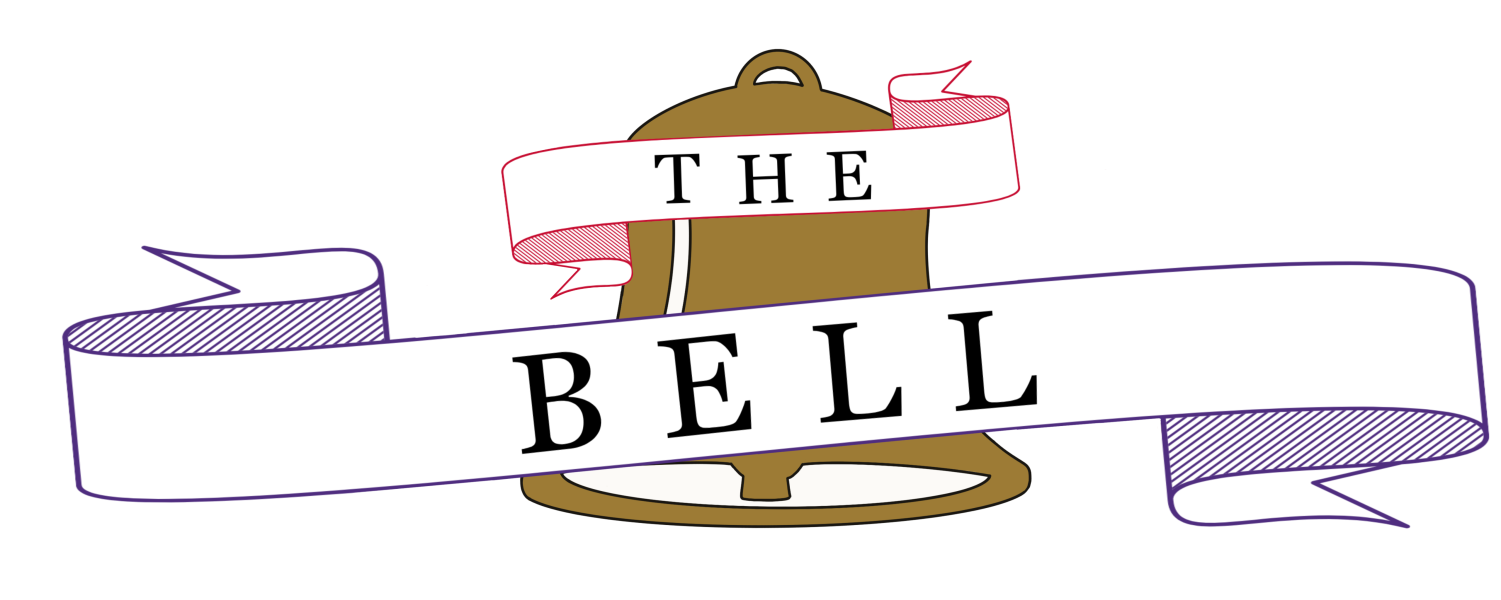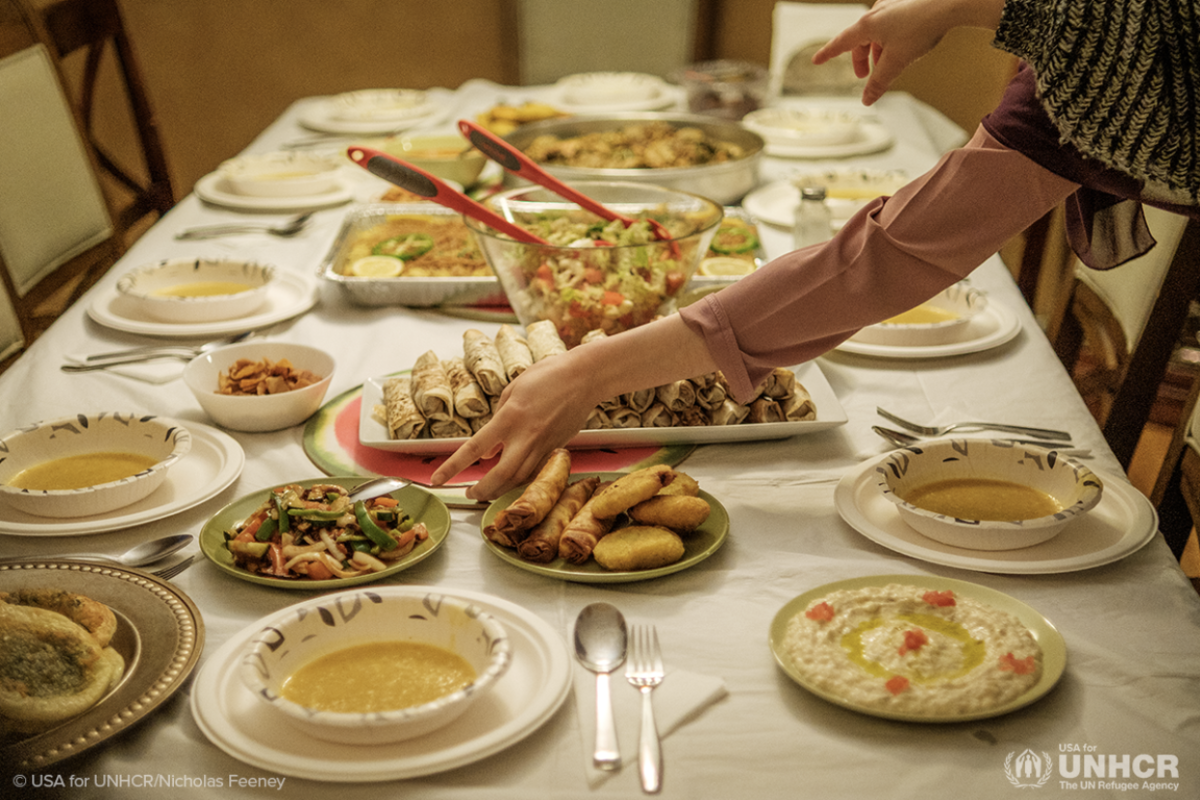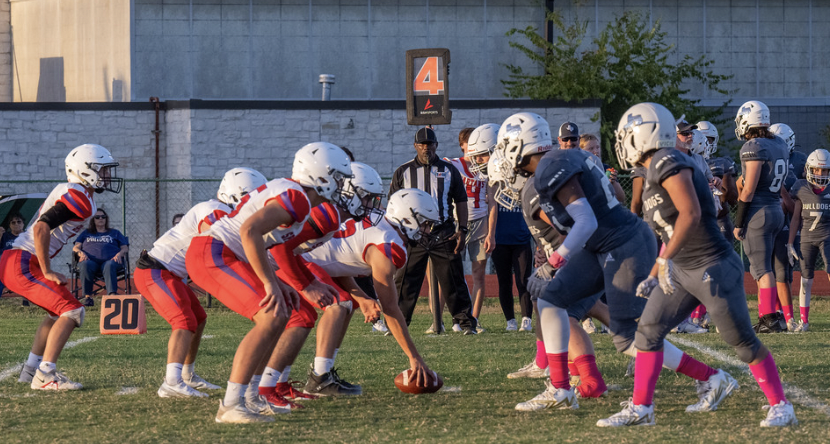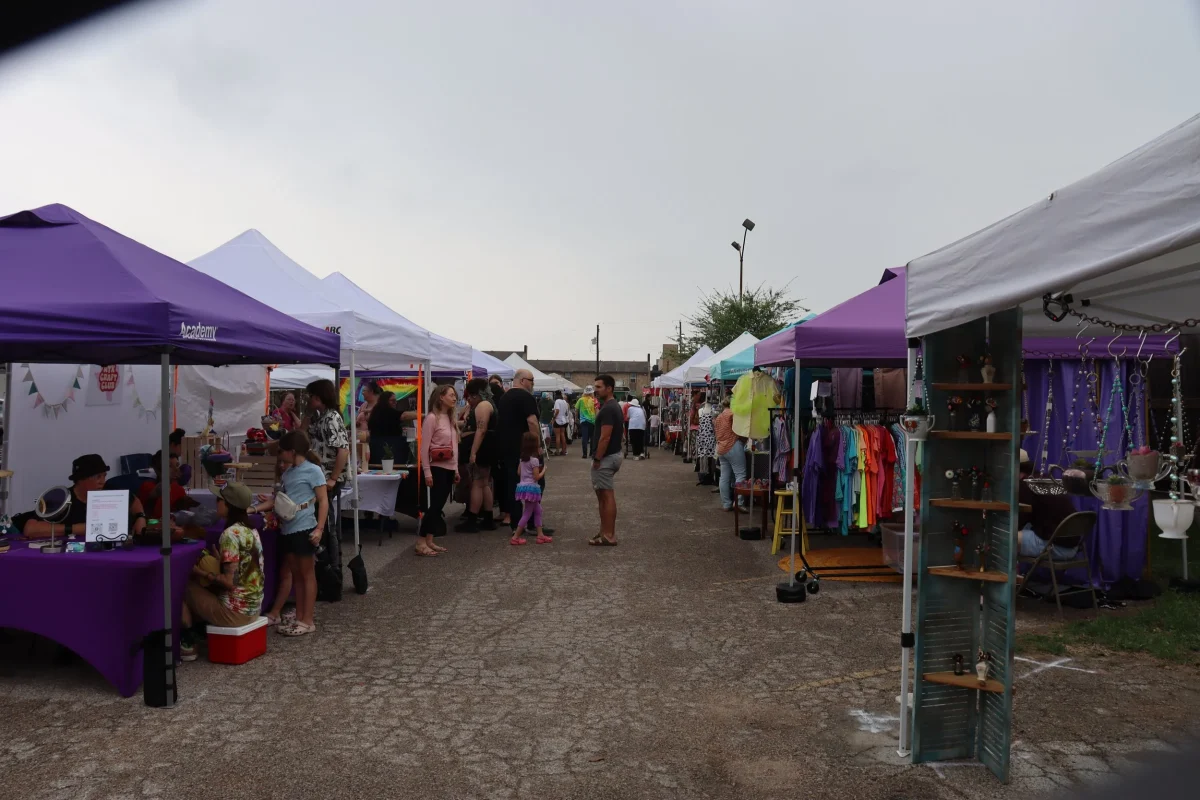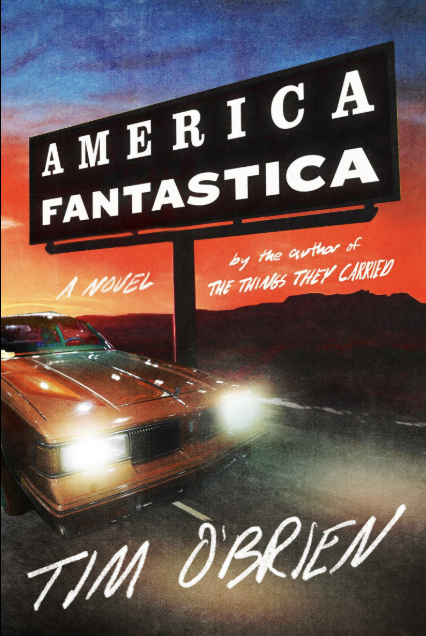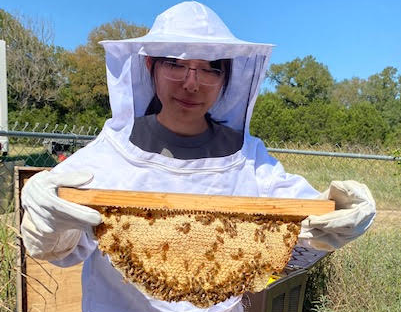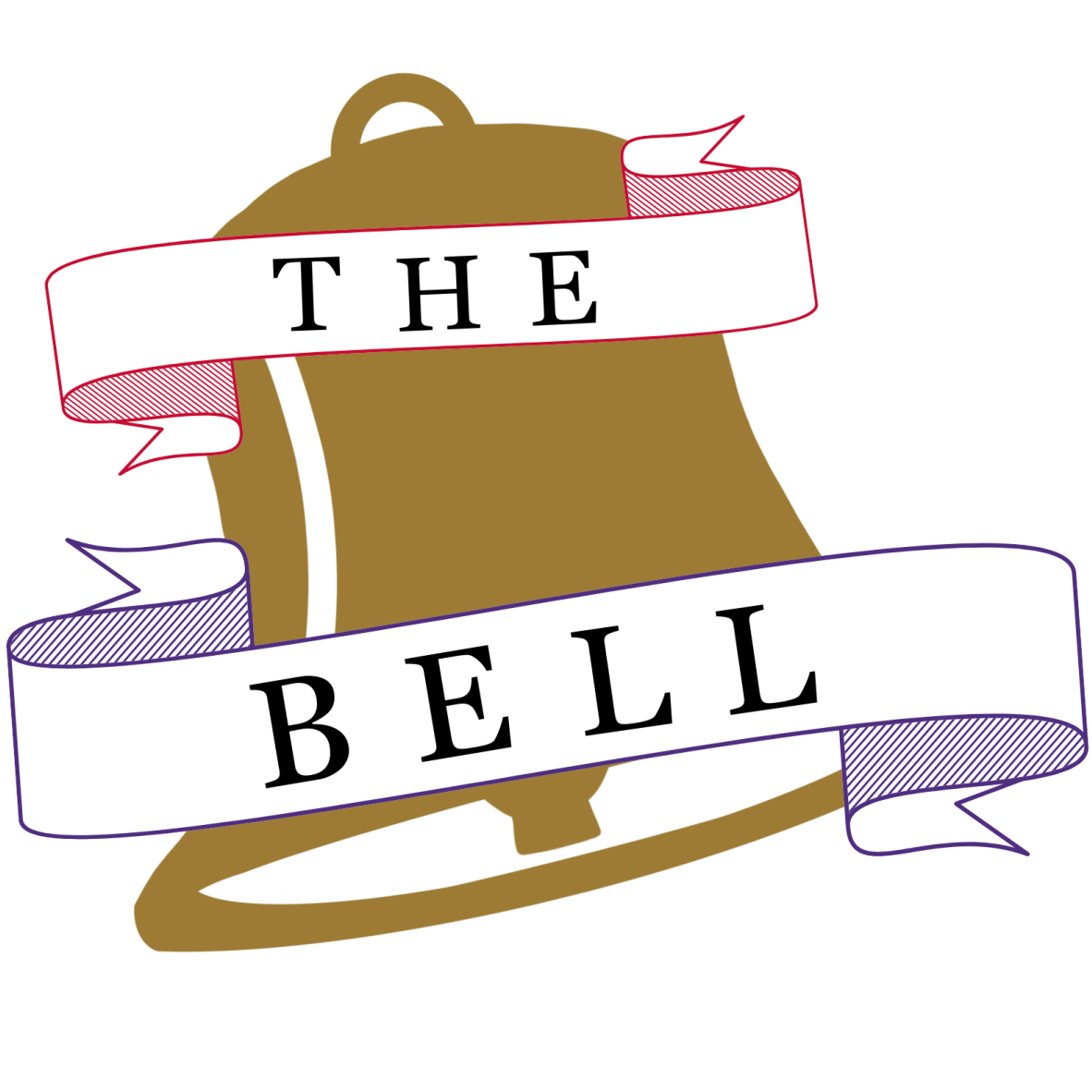Hello! I’m Nisa, a junior here at St Stephen’s, and I have been participating in art markets since I was in 7th grade. At these markets, you can set up your own booth and sell any services, handmade products, or curated items. They have been a great way to meet new people, earn a little extra money, and acquire valuable management skills. For me, starting a small business came with a steep learning curve, so I wanted to share some tips I wish I’d known when I first started.
Before you start applying to markets, ensure you have a substantial amount of product and a strong online presence. Market fees are on average around $25 to $60, but they can be higher if you vend at festivals or multiple-day events. It’s best to start somewhere with a lower booth fee at your first couple of events. Instagram is one of the best places to find open markets near you as many accounts will have vendor mailing lists, which are very helpful to join—I recommend looking into the Austin Creative Reuse market! It’s very beginner-friendly with a low fee, and they will lend you tables and chairs if you need it.
Here are some good accounts on Instagram to check out that I’ve worked with: @austincreativereuse, @welcometoclubcherub, @eastsidepopup, @picassomusicgrou, @austinfeelgoodmarket, @eastatxmarket, @revivalsundaymarket, @movemountainsmarket.
And some other reputable orginization: @Malbu_markets_atx, @futurefronttexas, @thefaroutlounge, @orginalaustinflea, @topdrawerthrift, @contracommon, @galleryatx, @cord_popups, @picassopresents, @darkmarketatx, @austinmysticalmarket, @bigolqueermarket, @thesoulmarketatx, @thelittlegayshop.
A group chat that posts vendor calls: https://www.instagram.com/channel/AbZ1PfDcwxLxPGoh/
When choosing venues, your first step should be to check the organization’s validity. Do your research into their past markets, social media, and, if you can, talk to other people they’ve worked with. There are plenty of scams out there, so be sure you’re looking at a reputable venue before paying a booth fee.
Your second step is to make sure they are available for minors. The market flyer or application form should usually specify if the venue is 18+, but if you are unsure, email the organizers or just apply and specify somewhere in the application. I wanted to make sure to point this out because I’ve been removed from markets on very short notice because the creator did not know or notice that I was a minor.
The third step is learning your locations, thinking about who you want to sell to, and where they would be. If you are selling kids’ toys, you will probably have better success at a beer garden rather than a concert. Learning where you fit best will come with more experience, but it’s definitely something to think about. As a beginner, try as many different places as you can and learn about your audience.
When people first set up shops, the hardest thing is always pricing. Of course, you should take into account your expenses and the time you put in, but also consider how much other people are charging for it. Learning what people will pay for an item will give a good sense of a reasonable price for your product. That being said, if something takes you 4 hours but its value on the market is only $10, then it’s not cost-effective for you to sell.
Another aspect to take into account with your pricing is creating a range. If you sell a lot of cheaper things in the $5 – $10 range, then only have one $100 product, it’s less likely to sell because it will feel more expensive in comparison. Have a wide variety of prices or keep a $30 range on everything. I don’t mean never have any cheap products—you should still keep low-value items stocked because they still bring in sales (especially younger kids using their allowance).
Another common mistake I see people make is continuing to lower their prices when things don’t sell. A lack of sales can be due to any number of factors, such as presentation, location, or the quality of the product. A lot of curating your table setup will come with experience, so it’s always a learning process! This technical stuff is not always the most fun, but it’s going to be the most important thing to your success as a vendor.
